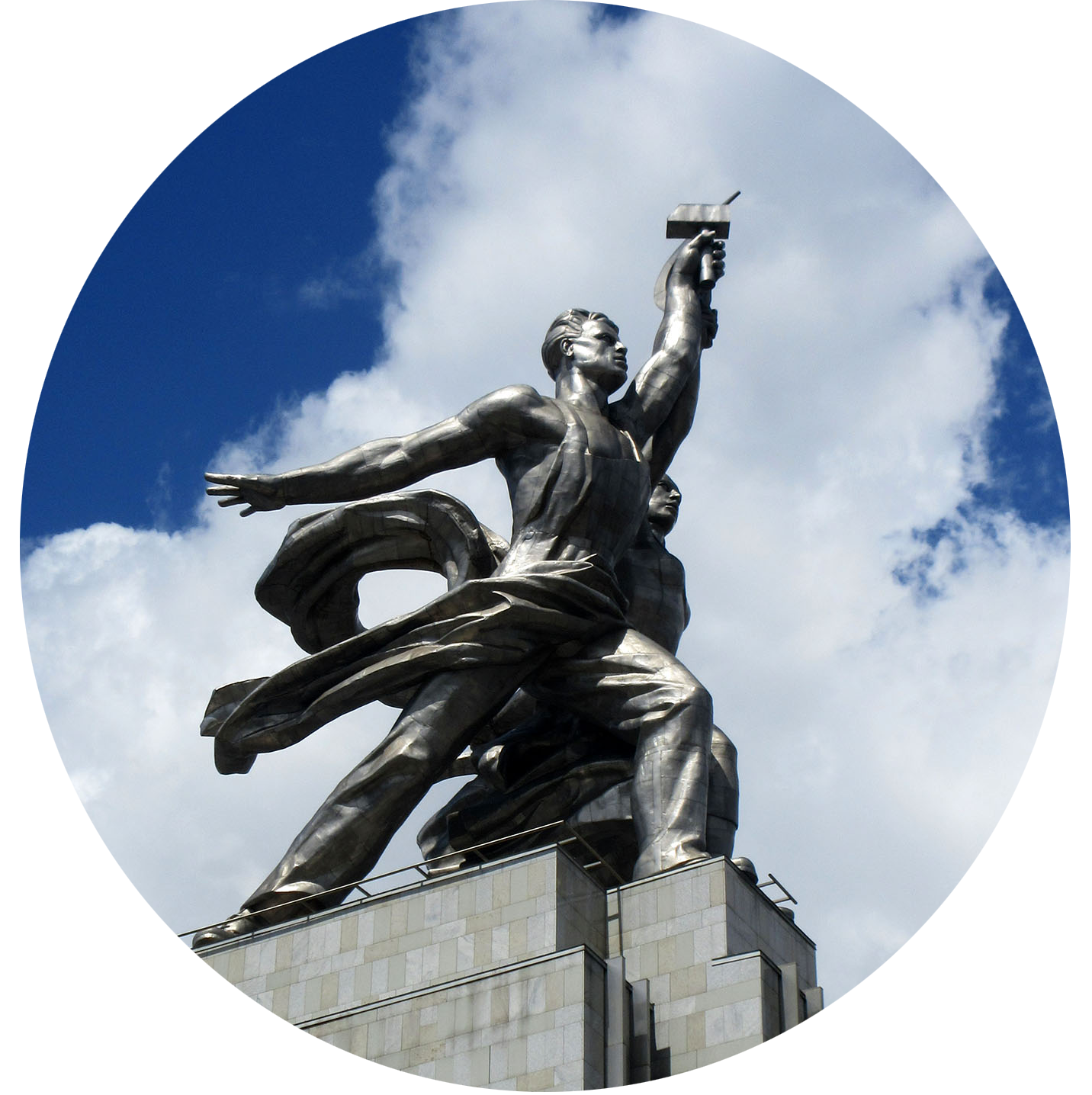Let My Prayer Arise
This song is based on Psalm 141 (140 in Orthodox Bibles). Here it is performed during a service at the Valaam Monastery, which you can easily visit as part of a tour group (by bus, then by boat) if you’re ever in Petersburg… just sign up with one of the tour agencies with kiosks in front of Gostinyi Dvor. Anyway, the singing is done, of course, in Church Slavonic, so the actual text (typed up here in modern Russian letters) comes first, then a translation into Russian, then an English translation.
A couple of notes for those curious about Church Slavonic… first, it is read as written — with no vowel reduction, although I’ve noticed that some Russian priests don’t always resist reducing some vowels as in the Russian! (The singer here doesn’t reduce… for example, an “o” is always an “o”). The tendency to reduce vowels is very hard to resist if you’re coming from Russian to some other Slavic language that doesn’t have reduction — as any of you will learn who happen to study Czech or Polish down the road.
Note that “исправится” is also pronounced as written, not like “исправица” as in modern Russian (well, at least the main singer does this, not sure about the others!).. Even a “г” is always a “г” (in “моего,” for example). Note also how the stresses are marked in Church Slavonic. This means that reading Church Slavonic is relatively easy once you learn the alphabet. Of course, other things are more difficult — including verb tenses (for example, “воззвах” is an aorist verb — while the aorist is still used in South Slavic languages, it has been lost in Russian), and various endings… for example, the infinitives in -ти. We also have an example of dual endings: руку моею is a dual genitive (“of my (two) hands”). Anyway, I’ve taught a course on Church Slavonic and will try to post more about it down the road, as I know there is a good deal of interest in it.
To help orient you, the singer is standing in the nave, facing the iconostasis (иконостас) and Royal Doors (Царские врата); the priests shown in the other frames are inside the sanctuary, around the altar. This is easier to see at the very end, when they show the front of the iconostasis.


